Santa Barbara Birding: To Feed or Not Feed Backyard Birds
Should They Be Left to Forage on Their Own?
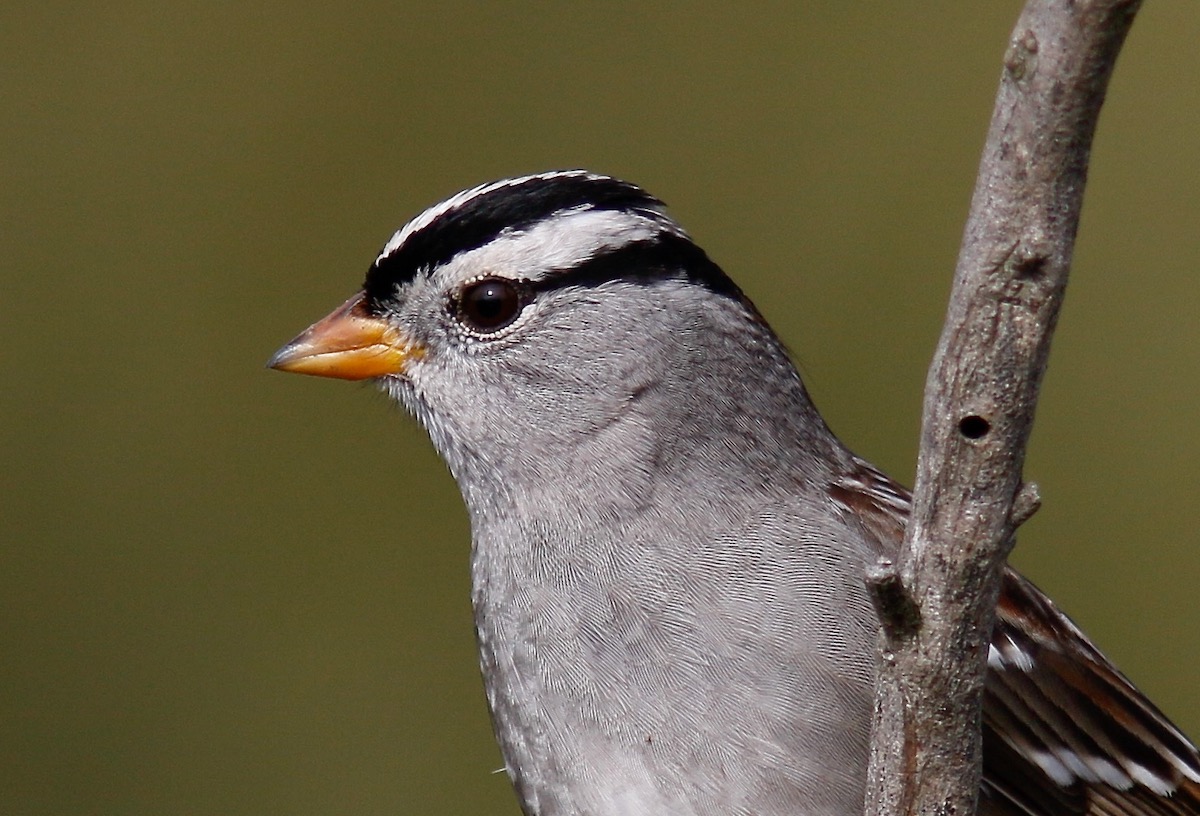
A few years ago, my wife and I decided that the small patch of lawn between our condo and our neighbor’s, some 20 feet away, was not doing much for the world. We decided to cover the lawn with a free load of mulch from the city, plant drought-tolerant natives along with some flowering exotics to encourage insects, and to leave alone the leaves that fall from our coast live oak. What a difference this change has made. We have seen creatures that we hadn’t seen in our yard for the past 25 years: chipmunks, squirrels, rabbits, western fence lizards, and even a slender salamander. Insect life has proliferated. On a recent day, there were three giant swallowtails feeding on the lantana.
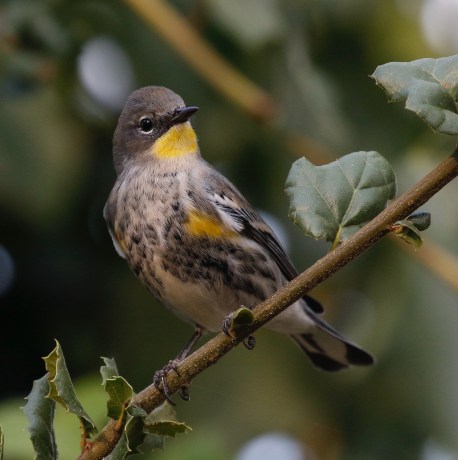
And, of course, the birds came. As I write, a winter flock has descended upon the yard: white-crowned and Lincoln’s sparrows, oak titmice, California towhees, mourning doves, a downy woodpecker, yellow-rumped warblers, house finches, lesser goldfinches, and pine siskins. All this in a tiny yard in urban Westside Santa Barbara. And there’s one reason our yard attracts such diversity: We choose to put out food for the birds.
Hardware stores sell a variety of feeders and seeds; a good mixed seed will attract a variety of backyard visitors. Many birds love sunflower seeds, both whole and shelled. Goldfinches and siskins go crazy for nyjer seed that can be dispensed from a special “thistle sock.” Another high-protein food source is suet, which can be bought in blocks and housed in a metal cage. This year, the yellow-rumped warblers in my yard seem particularly taken with this treat.
Feeding wild birds is a somewhat controversial issue, with some believing that wild birds should be left to forage on their own. I disagree. Not only does feeding our wintering birds bring an extraordinary amount of pleasure to the watcher, but in this time of drought, when there is often little food for birds to find in the wild, providing seed and water gives birds an important lifeline. Birds are in serious decline. The aforementioned pine siskin, for example, has seen a population drop of 80 percent since 1970 due to habitat loss, pesticide use, and, more than likely, climate change.
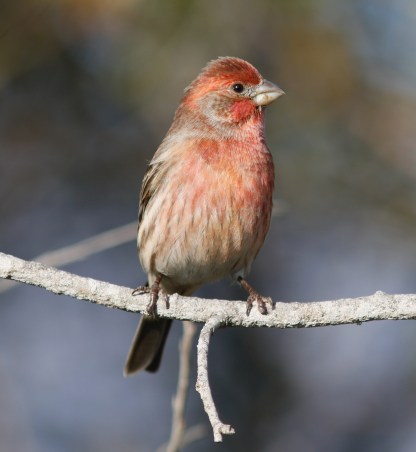
I’ve heard it argued that feeding birds makes them dependent upon humans, but again, this argument doesn’t hold water. The white-crowned sparrows that look for spilled seed below the feeders leave in the spring when their clocks tell them to — the urge to migrate supersedes the handouts that people offer. Even resident birds, such as the house finch, that have a close association with humans have many options for foraging if feeders are taken down.
If you choose to feed birds, there are some important considerations to take into account. When birds congregate, they are more susceptible to disease. Feeders need to be cleaned frequently, and water should be changed daily. There are many online sites that describe how this cleaning should be done. One particularly insidious disease is salmonella. Last winter, an unusually good one for pine siskins, saw many of these birds struck down by salmonella. The birds puff themselves up to retain body heat and become fearless. If you see birds with these symptoms, take your feeders down immediately. A safer method of feeding is to scatter seed on the ground; this ensures that birds won’t be in such close proximity to one another and are therefore far less likely to spread disease.
The biggest human-caused threat to wild birds, however, is not disease from feeders, but house cats. It is estimated that cats kill 2.4 billion birds annually in the United States alone. Just today, I chased two neighborhood cats out of my yard who know a good thing when they see it. The cats are not to blame, of course — it’s in a cat’s nature to hunt; even a well-fed cat will kill birds. Indoor cats live, on average, far longer than outdoor cats. If you have an outdoor cat and can’t bear the thought of keeping it inside, please consider outfitting it with a collar and bell to give the birds more of a chance at survival; after all, we are largely responsible for their decline.
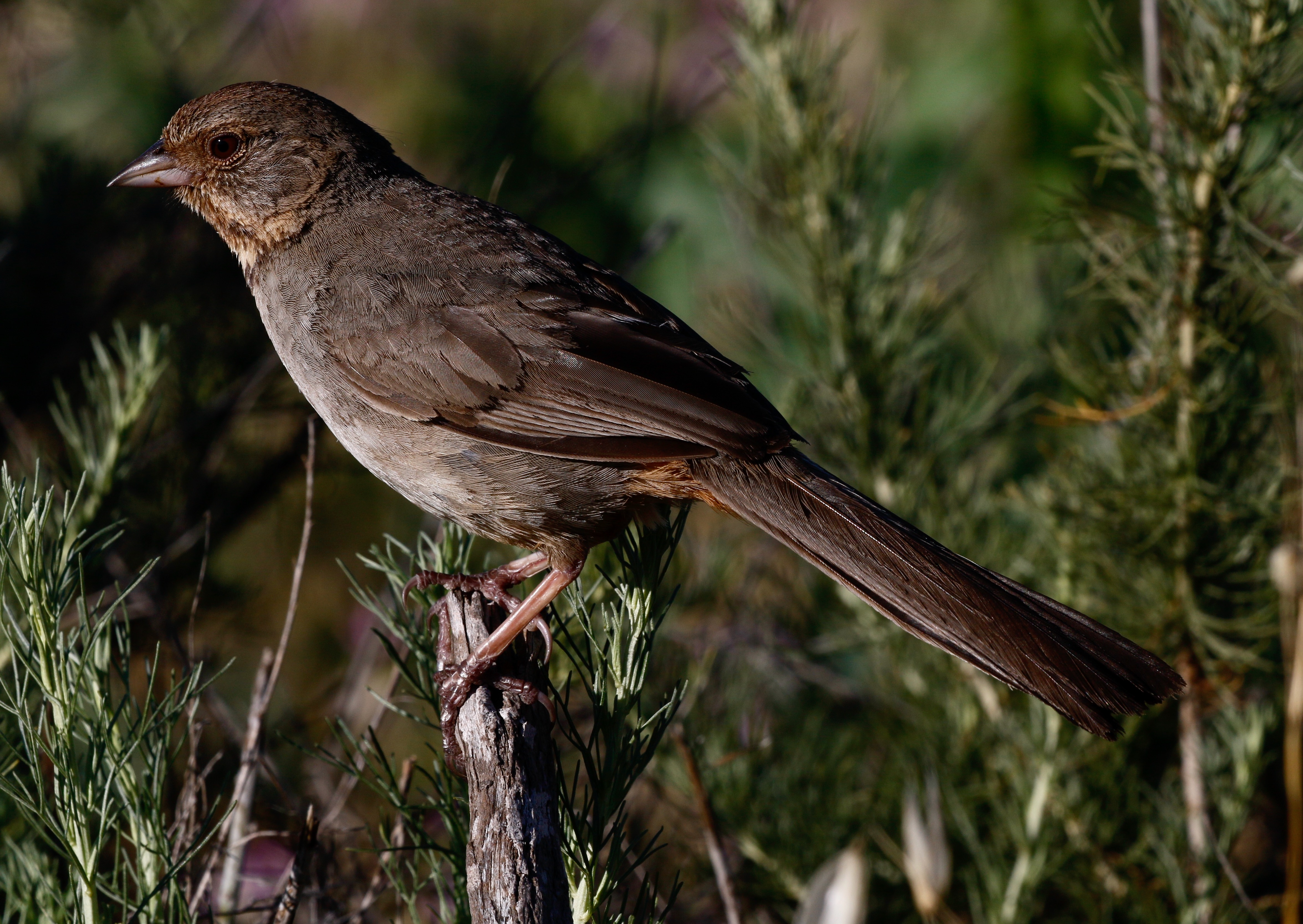
Support the Santa Barbara Independent through a long-term or a single contribution.


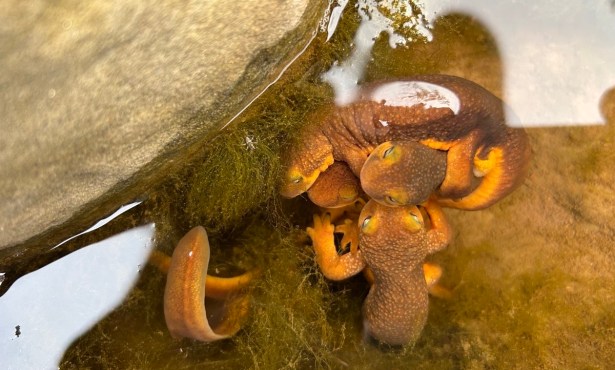
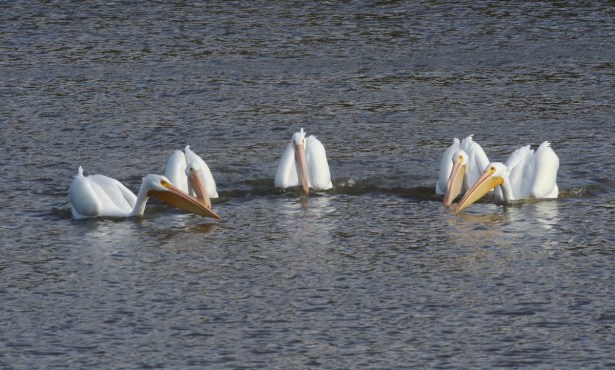
You must be logged in to post a comment.